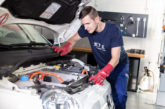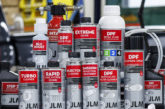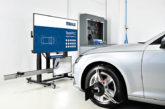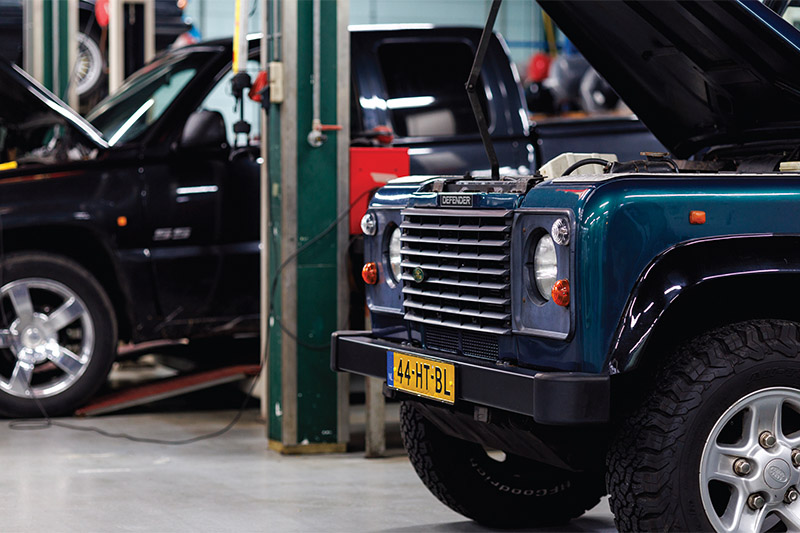
Are gasoline particulate filters, GPFs for short, the unsung hero in the fight against emissions? JLM Lubricants UK’s Mike Schlup argues that they are.
Petrol cars fitted with a gasoline particulate filter are renowned for being amongst the cleanest cars on sale. Reassuringly for the motorist, there’s no evidence that the filters will suffer the costly problems associated with diesel cars when the DPF becomes clogged. With diesel engine cars hitting the headlines big time, the replacement cost of a DPF – usually running into several hundreds – has not escaped scrutiny. There remains little widely available and impartial information for the motorist on how to reduce the risk of a clogged DPF.
Taking the cue from diesel technology
When developing the GPF, the remit was simple enough – significantly reduce the fine particle emissions from the exhaust by up to 95 per cent. Of course, the engineers had a blueprint of sorts to work from with the DPF. But unlike diesel cars fitted with a DPF, the GPF does not carry a significant risk of clogging and little maintenance is required given it should last for the lifetime of the car. Unlike the DPF, the GPF removes rather than reduces toxic pollutants. Because petrol engines heat up more quickly than their diesel counterparts and run hotter, more of the collected soot in the filter burns off.
The GPF is a nifty piece of kit, capturing soot particles through the exhaust which when heated allows it to operate optimally. And whilst it can lead to a slight drop in power, this is barely noticeable in use. Unlike the DPF, it works effectively without needing a regeneration cycle to clear fine particles. The filtered and removed particles include carbon monoxide particles, hydrocarbons and oxides. These are all removed permanently – even on short trips and where the driving pattern leans to stop start, about town.
Everyone is a winner with a GPF fitted petrol engine car. The inventors of this kit took their inspiration from the DPF and adapted it to petrol cars so that the carbon footprint could be vastly improved and the environment protected. But, unlike the DPF, the maintenance is minimal and its impact barely noticeable when driving. Granted the sound may be slightly muffled but only those with sharp hearing looking out for it, will notice this.
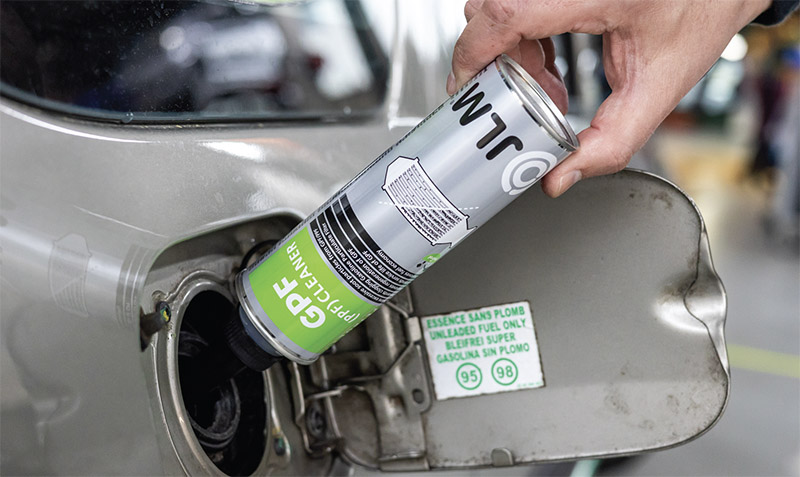
Which all begs the question, what could possibly go wrong with the GPF and assuming that some form of maintenance is required, albeit at a much lower level than the DPF, can additives support this ingenious device? And, what is the workshop take on additives that clean the GPF?
“It’s all about protecting the GPF and extending its service life,” says Mike Schlup from JLM Lubricants UK. “So, we are talking about maintenance rather than repair and effectively eradicating the potential for problems in the future – for a nominal cost. Can additives help? The answer is undoubtedly yes and here, the professional motor mechanic holds the keys. There are undoubtedly many additives on the market that will reduce the production of soot and carbon particles, thereby extending the GPF service life, but the JLM Lubricants GPF cleaner was formulated for use in the workshop, on all vehicles fitted with a GPF. It was also the world’s first GPF cleaning additive, developed for technicians to use as part of their service package. And it was tested by technicians in the workshop. So, the active ingredients are to workshop standard making it ideal for those vehicles that are used predominantly for short distance journeys, where the pressure is greater on the GPF due to higher soot loads.”
How does it work?
The JLM GPF Cleaner optimises the combustion of excess soot particles in the GPF and cleans the injectors and combustion chamber to prevent quick new build up of excess soot particles. The unique combination of a clean fuel system, clean combustion with lower emissions and catalysed particles will clean up and assist in keeping the GPF, the catalytic converter, the exhaust gas recirculation system as well as the turbo compressor and its variable geometry vanes, clean from deposits.
“As with all premium additives, there’s real potential for the professional technician to build an additional income stream, not only by adding the cost of the additive to the servicing bill, but also to sell to customers for use in between workshop visits. The JLM GPF Cleaner is added to the fuel tank before filling. The motorist is encouraged to use it every three months and so keep the GPF in excellent condition,” says Mike.
“The independent professional technician sits at the heart of JLM Lubricants,” continues Mike. “Every product that has been designed and developed by the team at JLM Lubricants is then road tested by technicians before its worldwide debut. Kalimex, our family business has been supplying JLM products for over a decade in the UK. Since COVID we have seen the brand go from strength to strength with workshops, especially the independent workshop where customer service ranks as highly as technician expertise. I encourage any workshop owner yet to try these additives, whether workshop based or mobile, to contact me or any member of our team and discuss a starter pack of the JLM hero bestselling products. Simply tell us if you are electric, diesel, petrol or all-round specialists and we’ll recommend the best JLM products on a trial basis. Today’s savvy technician acknowledges the pivotal role that additives play in servicing, problem solving and maintenance. The motorist is increasingly looking to their garage to recommend premium additives that can keep their vehicles working well in between scheduled and unscheduled workshop visits. For the technician, the opportunity to upsell and build new income streams has never been more valuable and indeed more appealing.”



